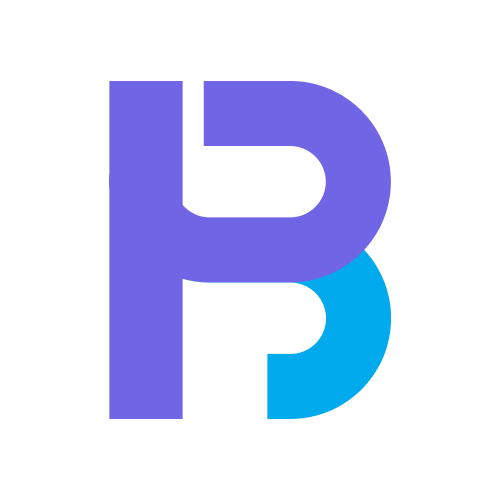Freytag’s Pyramid is a storytelling technique that outlines the structure of a narrative and has been used for centuries in literature and theater. The structure comprises five parts: Exposition, Rising Action, Climax, Falling Action, and Resolution.
In recent years, Freytag’s Pyramid has been adapted and applied to the field of UX design and digital product design. This technique can help product and UX designers provide a better user journey by guiding users through a story that is engaging, informative, and easy to understand.
Exposition
Exposition is the introduction of the story and the setting. In UX design, the exposition can be seen as the onboarding process. It’s where the user learns about the product and what it does. The goal of the exposition is to provide enough information for the user to understand what the product does and what it’s for.
Rising
Rising Action is the part of the story where the conflict begins to develop. In UX design, the rising action can be seen as the user’s interaction with the product. It’s where the user learns about the product’s features and how it works. The goal of the rising action is to make the user feel engaged and invested in the product.
Climax
Climax is the story’s turning point, where the conflict reaches its peak. In UX design, the climax can be seen as the moment when the user realizes the full potential of the product. This is where the user understands how the product can help them achieve their goals and why they should keep using it. The goal of the climax is to make the user feel a sense of satisfaction and accomplishment.
Falling Action
Falling Action is the part of the story where the conflict begins to resolve or steys unresolved. In UX design, the falling action can be seen as the user’s continued use of the product. It’s where the user continues to learn about the product and how it can help them. And on other cases where users have conflict using some features of the products, that’s where we need to understand the specific touch points and provide solutions to eliminate users’ doubt. The falling action aims to make the user feel confident and comfortable using the product in any situation.
Resolution
Resolution is the conclusion of the story. In UX design, the resolution can be seen as the user’s satisfaction with the product. It’s where the user feels like they’ve achieved their goals and have a positive experience with the product. The goal of the resolution is to make the user feel like they made the right choice in choosing the product to use. so over time, they can be a loyal customer of your products.
Take away
Designers can use this technique by creating a narrative that takes the user through the different parts of the pyramid. This can be done by using visual cues, animations, and interactive elements to guide the user through the story. For example, during the exposition, designers can use visuals and animations to show the user what the product does and how it works. During the rising action, designers can use interactive elements to help users explore the product’s features and capabilities. During the climax, designers can use visuals and animations to highlight the product’s benefits and show the user how it can help them achieve their goals.
Designers can also leverage using storytelling elements such as symbols, metaphors, and characters to create a more engaging and memorable experience for the user. These elements can help the user understand the product and its benefits more efficiently and can also help them connect with the product on an emotional level.
Freytag’s Pyramid teaches us the fundamental elements of a story, which include the introduction, rising action, climax, falling action, and conclusion. In the realm of product design, it is common to concentrate on intricate details, neglecting the importance of establishing an overarching narrative structure. The methods of storytelling significantly affect the raw human experience. The arrangement of experiences in the products and services that we design will shape the thoughts, emotions, and actions of the end user.
Freytag’s Pyramid is a powerful storytelling technique that can be applied to UX design and digital product design. By using this technique, designers can create a user journey that is engaging, informative, and easy to understand. This can lead to a more satisfying user experience and can also increase the chances of the user becoming a loyal customer. By taking the time to understand and apply this technique, UX designers can create digital products that meet the needs and expectations of the user and provide them with a positive and memorable experience.
So, the next time you are designing a digital product or introducing a new feature of your product, consider using Freytag’s Pyramid as a framework to create a better user journey and improve the overall user experience.
